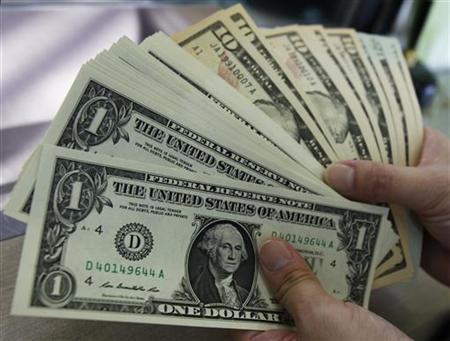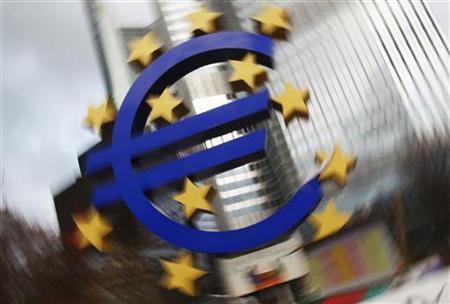 | « Back to article | Print this article |
Indian CEOs inching closer to global salaries
The average salary of Indian chief executive officers is inching closer to their global counterparts.
"On a purchasing power parity basis, salaries of Indian CEOs are beginning to increasingly converge with global CEOs.
On an average, an Indian CEO gets a salary of Rs 5 crore (Rs 50 million).
On a PPP basis, the salary of a CEO in US would be around Rs 9-10 crore (Rs 90-100 million)," said Anandorup Ghose, head of Executive Compensation, Aon Hewitt. Earlier, this gap in salaries was much wider.
Click Here For Rediff Realtime News
Click NEXT to read further. . .Indian CEOs inching closer to global salaries
Ghose added that the gap was lesser compared to Europe and Australia.
PPP is a method of measuring the relative purchasing power of different countries' currencies over the same kinds of goods and services.
As goods and services cost more in one country than in another, PPP allows us to make accurate comparisons of standards of living across countries.
Variable pay is a significant component that makes the compensation structure different in India than what it is in other nations, says Ghose.
In the US, variable compensation is around 80 per cent of the pay, while in India it is around 50 per cent.
Click NEXT to read further. . .
Indian CEOs inching closer to global salaries
In Europe, the compensation structure follows a pattern of 33 per cent fixed, 33 per cent annual incentives and 33 per cent long term incentives (like stock options, etc), Ghose stated.
He also informed that the ITeS sector in India has become one of the best pay masters across the globe, further reducing the gap between the pay structures of CEOs in India and abroad.
The Top Executives' Compensation report by the Hay Group last week showed that CEO compensation was pegged at more than Rs 7 crore (Rs 70 million) in larger, more complex organisations in India.
Click NEXT to read further. . .
Indian CEOs inching closer to global salaries
Sridhar Ganesan, Rewards Practice Leader, Hay Group, also said that the compensation would be on the rise due to cross-sector employability of CEOs.
An Aon Hewitt survey on annual salary increase, released this month, had also stated that there would be an 11.1 per cent salary increase in India among the top management, making it the highest salary increase in Asia Pacific.
"On an average, CEOs of ITeS companies are paid 30-40 per cent more than the other CEOs, primarily because most of these companies are listed in the US and have a pay structure conforming to US norms," explained Ghose.
Click NEXT to read further. . .
Indian CEOs inching closer to global salaries
He added that the gap between the compensation structures would come down especially because the salary rise on an annual basis in India for CEOs was around 12 per cent, whereas in nations like the US, it was only 1.5-2 per cent.
Agrees Kalyani Shastry, associate director, Stanton Chase International. She said that when one looked at firms in India and abroad having similar size and industry, the cost to company is definitely comparable.
"The only distinct factor in the US is the stock options that comprises about 65 per cent of the compensation. In India, stock options, as a part of compensation, is in single digits as the promoters here are not very comfortable in diluting equity.
Click NEXT to read further. . .
Indian CEOs inching closer to global salaries
"I can say that the gap between the executive compensations in India and abroad, especially US, is getting narrower gradually," said Shastry.
A recent report by consulting firm Mercer had revealed that there was a rapid increase in executive pay in the Asia Pacific region, especially in nations like India.
The report said that increasing average executive compensation at a rate of 7 per cent across the region, coupled with a scarcity of executive talent, would lead to Asian executive salaries surpassing those in the US by 2013.
However, not everybody agrees. E Balaji, MD and CEO, Ma Foi Randstad, is of the view that it is unfair to compare India with the rest of the world in terms of compensation.
Click NEXT to read further. . .
Indian CEOs inching closer to global salaries
He added that even after the exchange rates were adjusted, the salaries were not at par.
Balaji also opined that it failed to match even the standards of Hong Kong and Singapore, leave alone other nations.
"On an average, CTC of Indian CEOs is at least 40 per cent lesser than the rest of the world. This is because India is still not the preferred destination for global businesses.
Unless it becomes one of the most attractive destinations for global clients, our CEO salaries would not increase. Maybe in the next five to six years, if the GDP growth continues, we can at least reach a little closer to the global standards in terms of CEO compensation," said Balaji.







